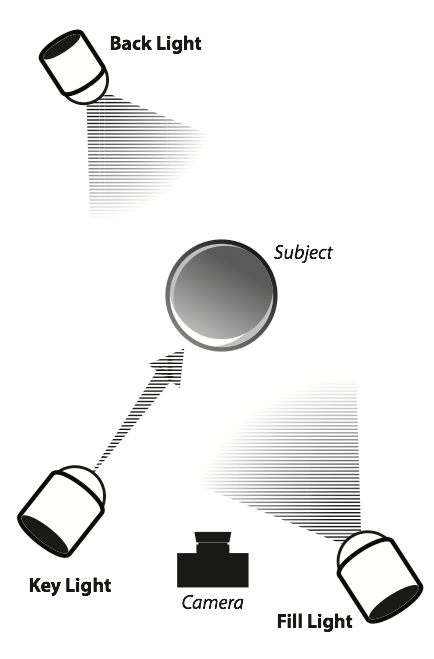When you create an installation, performance, or other live ephemeral work, it is very useful to take high-quality photos to document the event. The following suggestions can help you take better photos of your work.
- Whether you are using a DSLR camera, a point-and-shoot camera, or your phone, be sure to set it to its highest size and quality settings. These settings will result in the largest possible image, which gives you more flexibility in the editing process. As we’ll discuss in the next section on resolution and raster/vector files, you can always make a digital photo smaller, but you can’t make it bigger than the size at which it was originally shot.
- If you have control over the lighting as you document the work, remember that indirect light is good and natural indirect light is even better. A room with windows can offer indirect sunlight, even on an overcast day. Avoid sunlight striking your work directly, as this can cause glare (unless that is a conceptual part of the work). If you are working outdoors on a sunny day, you can hold up a piece of diffusion between your subject and the sun to help disperse the direct light. Sheets of plastic fluorescent light diffusion used in drop ceilings can work well for this purpose, and are inexpensively available at hardware or home improvement stores.
- If you are working with artificial light, try to use two or more light sources — preferably of similar wattage strengths. Three-point lighting works very well.

- If you find you need lights, hardware or home improvement stores often sell clip lights or construction site work-lights for less than those at a photography store.
- Make sure to use a tripod to hold your camera as still as possible. This will result in the sharper photos than holding your camera yourself. If you do not have a tripod, you can try to minimize movement by using both hands to hold the camera, drawing both elbows in to your midpoint until they’re close to touching one another, and then firmly hold your forearms as close to your torso as possible. Hold your breath just before and while hitting the shutter.
- If you are just starting to practice documentary photography, take many photos of your work using different settings to get the best possible results. You will learn what works well in different scenarios with practice.
- Turn off your flash. Unless you know how to “bounce” the flash from your camera to a middle surface and then to your object, turn this function off. The flash will decrease contrast in the photo by eliminating shadows. In this way, flashes can dramatically alter the appearance of a work, and unless that is the intention of the artist or designer, the flash should be avoided.